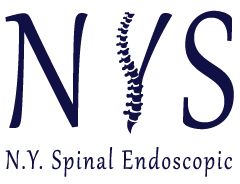What Is Sciatica?
Sciatica is a form of sharp pain felt in areas like the lower back, buttocks, at the back of the thigh and behind the knee. Also known as sciatic nerve pain, it occurs when the sciatic nerve gets irritated. This large nerve starts at the lower part of the spinal cord and goes down through the buttocks to the lower limbs.
WHAT ARE THE CAUSES OF SCIATICA?
Sciatic nerve pain is caused by a variety of lower back conditions, including the following:
- Herniated disc: When lumbar disc herniation presses directly on the sciatic nerve, it can lead to inflammation or irritation of the nerve. This issue is also known as radiculopathy — a feeling of numbness, tingling or weakness in the legs.
- Spinal stenosis: This problem occurs in older adults. Spinal stenosis is a type of nerve compression disorder. It leads to leg pain during walking or standing.
- Spondylolisthesis: This disorder affects the lower part of the back. It occurs when a vertebra slips forward over another vertebra adjacent to it.
- Trauma: Trauma from injuries sustained during sports, motor vehicle accidents or falling can cause nerve compression, especially when there are fragments of broken spinal bones.
